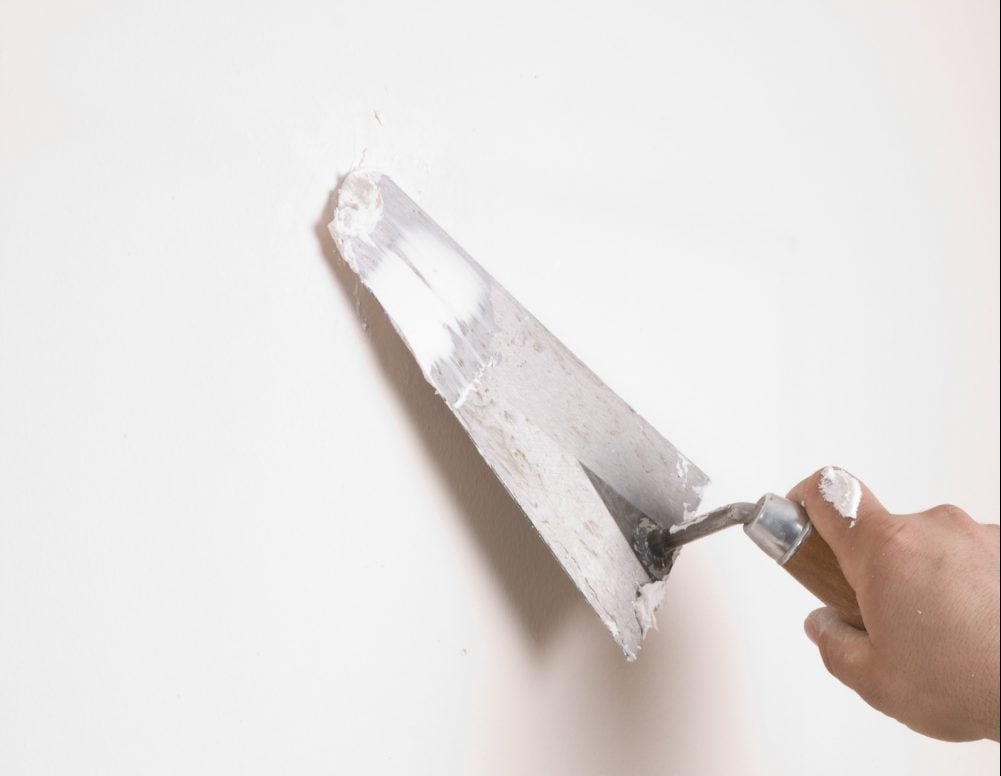
Watching a professional on television can make drywall finishing look quick and easy. In reality, it takes a lot of practice, and unlike the people on TV, most of us don’t have years of experience or the luxury of editing. Many of these programs are geared toward the booming do-it-yourself (DIY) industry. While these shows may help thousands of homeowners save money on the cost of drywall repair, they may get twice as many homeowners in over their heads, creating unfortunate headaches, not to mention wasted time and money.
Learn from the Pros
Now that you’ve installed the drywall panels (what some would call the easy part), it’s on to the next step. While a video or book can tell you the basics of drywall finishing, the technique is really something that should be relayed in person. Since you’ll probably have to buy supplies anyway, consider purchasing them from a professional supplier. It might be a bit more out of the way than the local hardware store, but the advice on what tools to use and how to use them is worth the trip. On that note, most drywall jobs require a combination of tools. You’ll most likely need some or all of the following for every job: a bucket for mixing joint compound, both a drywall and finishing knife, a pan to hold joint compound, a roll of drywall tape, and a sponge for wet sanding.
Types of Drywall Finishing
There are two basic finishes drywall can have. A textured finish is considered the easiest to achieve because small mistakes blend into the texture and look natural. This kind of finish is very good for walls that have taken (or will take) some abuse. You don’t have to worry if your wet sanding technique isn’t perfect. Corners, which are tricky, become less of a hassle, as do the spot marks over nails or screws. Depending on the level of texture and how well you’ve used your knives and tape, you might not have to sand at all!
Ready to start your Drywall Repair?
Find ProsProfessionals charge more for smooth finishes, and for good reason. Finishing drywall takes on a whole new dimension when a smooth finish is called for because it requires a lot more work, as well as a very strict attention to detail. Joints have to be taped just right. If a mistake is made, it often has to be redone from scratch to keep the surface even. Screw holes must be filled and sanded (though a professional should be able to do this with many screws at a time). Since a smooth finish is so touchy, it’s not recommended for beginners (unless they have a lot of time to kill).
Drywall Repair and Finishing
It takes a little practice to get good at filing in small holes and dents in drywall, especially if you are dealing with a smooth finish. With a bit of effort, and some time, however, anyone can learn to fix these small contusions. On the other hand, repairing a hole large enough to require a patch is in a league of its own. This is where finishing drywall becomes an art. Patch kits can be purchased at any hardware store, but the directions on the back are simply no match for a time-tested hand. Again, DIYers beware! Know beforehand that it might take a few tries before you get it right, and years before you can get it right quickly.
The Cost and Time Associated with Drywall Finishing
Every drywall project is different, and in some respects, so is the finish the drywall displays. As such, you can’t take a loosely quoted average cost to a contractor and expect your project to reflect that price. However, it can be illuminating to look at some of these averages and what they say about the difficulty and delicacy of the process. According to data collected from homeowners across the country, the average cost of professional drywall repair is $539. This figure can cause eye-popping sticker-shock for some homeowners, but the fact is the average length of professional repair is nearly 15.6 hours or two full days. Now, obviously, the “average” project, as completed by a professional, is a lot bigger than a popped nail or wayward doorknob. But think about it – if it takes two full days for a professional to complete, how long will the average DIYer take? Suddenly, five hundred dollars can start to look like a bargain.
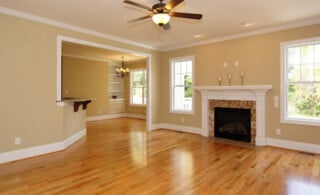 Guide to Repairing Drywall Cracks & Holes
Guide to Repairing Drywall Cracks & Holes 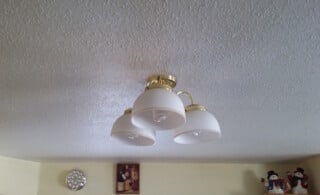 How to Remove a Textured Drywall Ceiling
How to Remove a Textured Drywall Ceiling 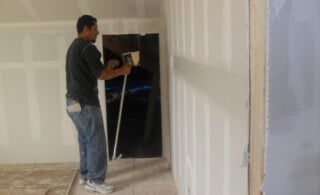 Repairing Drywall: There’s a Hole in My Drywall, Dear Liza, Dear Liza . . .
Repairing Drywall: There’s a Hole in My Drywall, Dear Liza, Dear Liza . . .  3 Simple Ways to Transform a Room on a Budget
3 Simple Ways to Transform a Room on a Budget 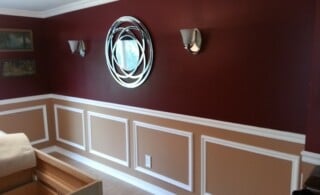 Decorative Moldings: The Perfect Cover-up
Decorative Moldings: The Perfect Cover-up 

Are You Familiar With This Topic? Share Your Experience.